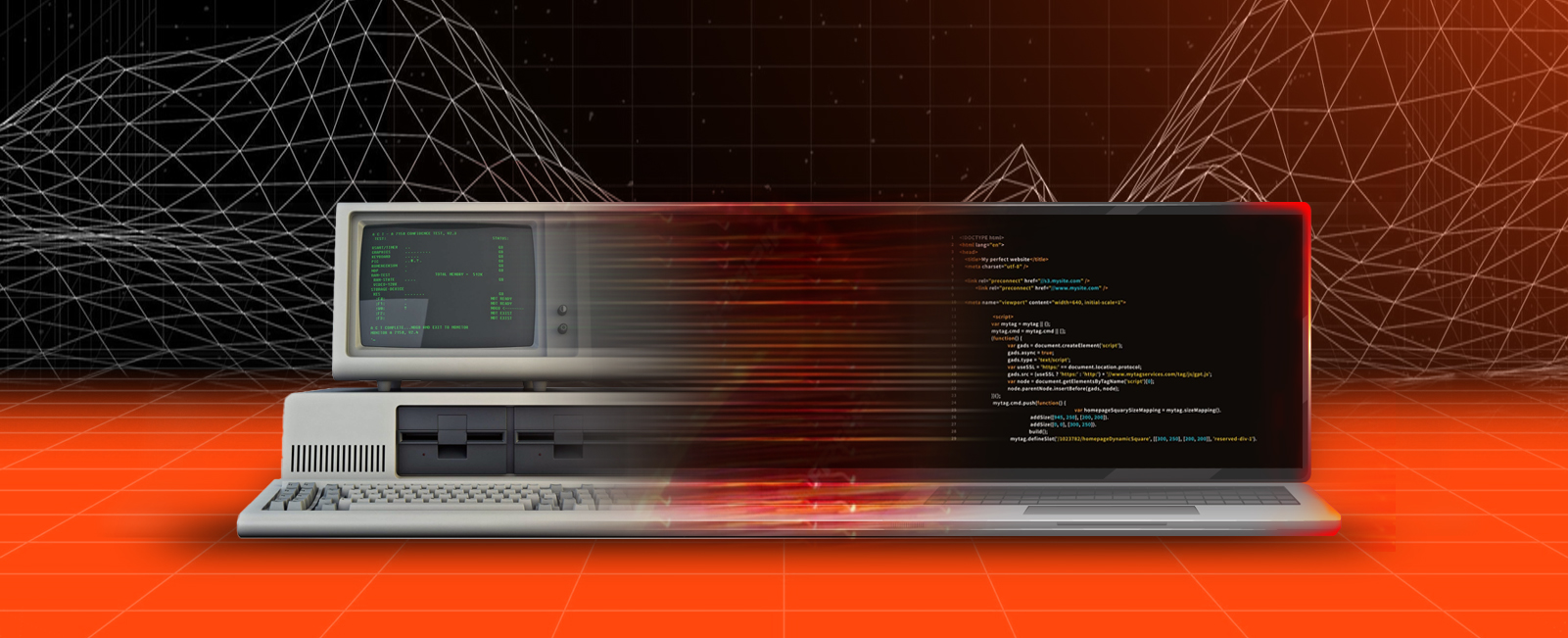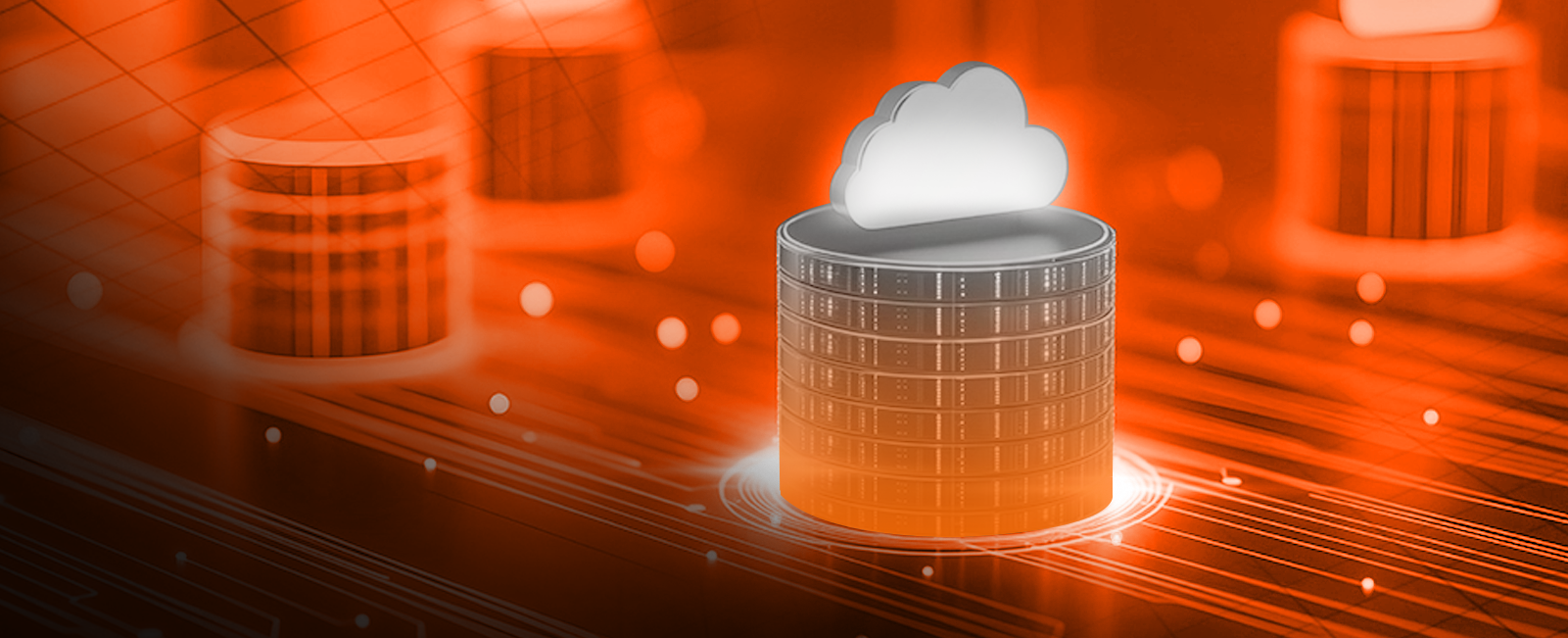In our previous article we discussed the costs of keeping and maintaining legacy systems and how technology transformation is a must for the companies that value their customers’ data security and plan to scale their businesses.
According to IBM data, 74% of organizations are pursuing adaptable solutions to catch up with the highly competitive tech landscape. Market experts relate the major challenge to transitioning from old-school data systems to innovative platforms.
As you’ve already guessed, the problem is that outdated legacy systems with complex databases are hard to modernize. In fact, 87% of leaders and analysts expect digital transformation to disrupt their industry, yet only 44% feel prepared to manage the impact.
Our new blog post deepens into win-win change management solutions that will help navigate digital transformation without harming operations. We spoke with the UniRidge CEO Andrey Yatsenko to gain some insights from one of our Legacy Transformation projects.
Modernization Efforts: What’s At Stake?
There’s a lot of talk about how outdated systems lack support and fail to comply with new operating systems. Unfortunately, most system transformation discussions overlook the human factor. That’s a crucial mention while the process requires:
- Multi-stakeholder involvement
- Careful planning
- Rigid testing
- Seamless execution
It is in fact scary to leave an environment where the deeply embedded legacy system supports daily operations. Ease up, you are not alone in this pursuit!
Watch how global players managed to transform their legacy systems:
- General Electric underwent a massive digital transformation by investing in the cloud-based platform, Predix.
- British Airways innovated after experiencing major IT failures caused by system crashes and costly downtimes.
- Equifax updated its legacy system after a mass data breach.
While these are big names with big teams and budgets, legacy transformation usually begins the same way for everyone.
We started with a deep audit of the client’s software. We analyzed the market, system architecture, and the impact of migration. Our goal was to identify vulnerabilities, understand client needs, and map out the systems which will be affected by transformation before making any changes.
– Andrey Yatsenko
Legacy System Challenges
Many companies struggle with legacy transformation because their operations rely on outdated systems. A sudden shift can cause major disruptions, including:
- Failure to document the organization’s daily operations
- Selection of an inappropriate test management system
- Misalignment between developers and business needs
- No structured roadmap for testing
- The lack of a step-by-step transition plan.
At its core, change management is always about softening the friction.
The essence of technology transformation is ensuring business continuity. A company can’t afford to pause operations for six months — that’s simply not an option. One approach is to develop a parallel system, perhaps clone the existing one, and gradually modify it. The goal is always the same: keeping the business running smoothly.
In some cases, both the old and new systems operate simultaneously. New customers are onboarded to the modern platform, while existing ones migrate gradually. For example, not all users receive the updated UX at once — it’s rolled out in phases.
Employee training might also be essential. Staff need to understand what’s changed, where to find familiar features, and how to navigate the new system efficiently. That takes time, too, and we need to plan for that ahead to minimize the operations disruptions.
– Andrey Yatsenko
Legacy Transformation Solutions
Assess & Plan
First off, review the system you operate. Ideally, you should come up with a rigid assessment of:
- Database sources
- Data connections
- System integrity
- Overall functionality
A robust plan for the entire migration cycle will help you set clear, time-bound, and achievable milestones to improve performance and save on operation and maintenance costs.
As we discussed in the article, there are many technology transformation approaches to choose from:

For example, for our client Wonder we chose Refactoring as the most suitable option.
It was a codebase refactoring. We migrated four projects from .NET 3 to .NET 6. Instead of rebuilding everything from scratch, we refactored the codebase within the same environments. This is a great example of how refactoring helps keep systems up to date.
Refactoring is especially useful for businesses that need to modernize without interrupting operations during legacy transformation.
Profile & Cleanse
It is crucial to maintain data quality during migration. Analyze available data for what’s been missing:
- Spot inconsistencies
- Detect missing values
- Eliminate duplicates
The better you organize the data, the fewer errors will occur during data migration.
Optimize & Transform
All through the migration process, make sure your current data aligns with the data model provided by the updated platform:
- Re-arrange tables
- Change data types
- Update data formats
- Standardize the data schema.
For the client, it was as smooth as it gets—they left work on Friday with the old system and came back Monday to a fully updated platform. Behind the scenes, we planned everything to switch over during the weekend when operations were minimal.
– Andrey Yatsenko
Extract & Load
The Extract, Transform, Load (ETL) process is vital for data migration. Your ultimate task here is to deploy robust ETL tools to extract data from your current legacy system, transform it, and load it into the new system through:
- Batch processing
- Parallel processing
- Real-time data integration
Migrate & Validate
Migration of large data amounts within a single batch is risky and time-consuming. We recommend adopting an incremental migration approach. You’ll save your business operations from disruptions by splitting the data migration process into smaller iterations.
Test & Assure Quality
A comprehensive test plan will help you validate data accuracy and integrity after migration. You should equally test units, the integration process, and user acceptance of system updates. The implementation of quality assurance protocols will ensure data and system integrity.
Backup & Rollback
Assess all the risks underway with proven backup and rollback strategies to avoid data loss and corruption. Data backups are essential throughout the migration process:
- Ensure fail-safe rollback procedures
- Set escalation paths
- Solidify backup and restore policies.
All these steps will save you from potential flaws and help maintain data integrity and security.
Manage & Communicate Change
Legacy transformation necessitates effective change management and communication. Engage all stakeholders right from the start of the migration project to communicate all the benefits and impacts in advance.
Meantime, you’ll gather feedback and ideas to improve the process. Opinion-sharing and brainstorming sessions will help better adjust to the new platform and cope with hanging concerns, misunderstandings, and adverse impacts underway.
Encourage open-minded communication to ensure maximum collaboration towards a smooth transition.
Support & Optimize
At the post-migration stage, ensure 24/7 support and optimization to make the new platform succeed. Monitor migration performance based on user feedback, unsolved issues, lessons learned, and suggested improvements.
We keep supporting our client to fix small bugs and ensure the system is suitable to handle the ever-increasing workload.
– Andrey Yatsenko
Winding Up
Now, you know that the migration of legacy data systems to new platforms demands robust planning, thorough testing, and sound communication.
Following the best practices will help you cope with migration challenges and attain a seamless transition.
Throughout legacy transformation, we deploy a test-driven system rollout to help businesses:
- Spot system gaps
- Identify missing functionalities
- Avoid a disruptive “big bang” rollout
- Minimize possible disruptions
- Perform end-to-end workflow testing
- Optimize the new system.
To gain more insight, take a look at our case studies:
We build scalable and reliable products that streamline your business. So, let’s make your bravest tech ideas come true!








